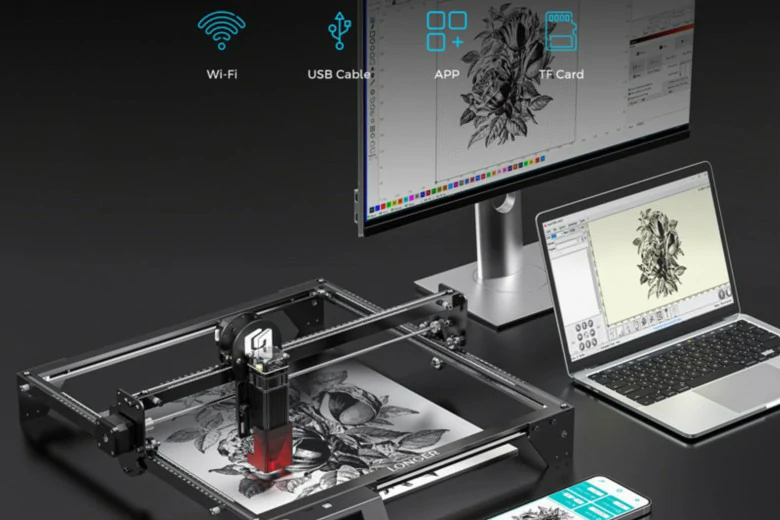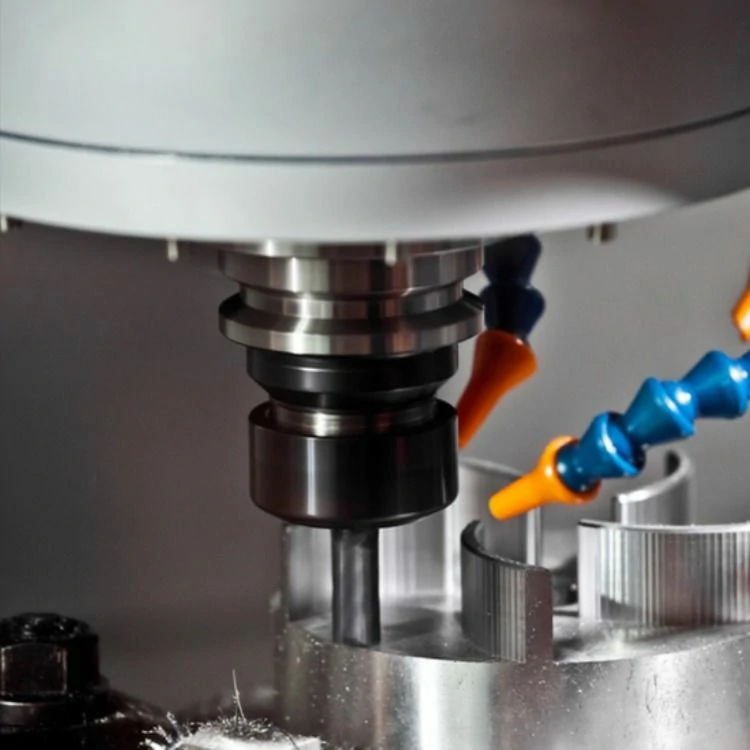Aluminum alloy shell customization has become increasingly popular in various industries due to its lightweight, durable, and aesthetic properties. One of the key processes involved in aluminum shell customization is CNC processing. In this article, we will explore the steps involved in the CNC processing process for aluminum shell customization.
The first step in the CNC processing process is design. Design engineers work closely with clients to determine the specific requirements for the aluminum shell. This includes the dimensions, shapes, and features that the shell should have. Advanced design software is used to create a digital model that serves as a blueprint for the manufacturing process.
Once the design is finalized, the next step is material selection. Aluminum alloys are preferred for their excellent strength-to-weight ratio and corrosion resistance. The specific alloy chosen depends on the application and performance requirements of the shell. Commonly used aluminum alloys include 6061, 7075, and 5052.
After material selection, the aluminum stock is prepared for CNC machining. This involves cutting the stock into the desired shape and size using bandsaws or other cutting tools. The stock is then secured onto the CNC milling machine or lathe, ready for the machining process.
Machining is the most critical step in the CNC processing process. It involves removing excess material from the aluminum stock to achieve the desired shape and features. CNC milling machines and lathes use computer-controlled movements and cutting tools to precisely shape the aluminum. This process can include drilling holes, creating threads, milling pockets, and creating intricate designs on the surface of the shell.
During the machining process, coolant is often used to control temperature and remove chips and debris from the cutting area. This ensures that the machining operation is smooth and accurate. Machinists closely monitor the process and make adjustments as needed to ensure the final product meets the design specifications.
Once the machining is complete, the aluminum shell undergoes post-processing operations. This can include deburring, polishing, sandblasting, or anodizing to improve the surface finish and enhance the appearance of the shell. Anodizing is a particularly popular choice as it adds a protective layer to the aluminum surface, improving its corrosion resistance and durability.
After post-processing, the final step is quality control. The aluminum shells are inspected for dimensional accuracy, surface finish, and overall quality. This may involve using measuring tools such as calipers, micrometers, and coordinate measuring machines (CMMs). Any discrepancies or defects are identified and rectified before the shells are packaged and shipped to the client.
In conclusion, aluminum alloy shell customization involves a series of steps in the CNC processing process. From design to material selection, machining, post-processing, and quality control, each step plays a crucial role in creating high-quality aluminum shells. CNC processing offers precise and efficient manufacturing capabilities, allowing for customized designs and exceptional product performance. Whether it’s for aerospace, automotive, electronics, or other industries, aluminum shell customization continues to evolve and meet the demanding needs of modern applications.
.webp)



